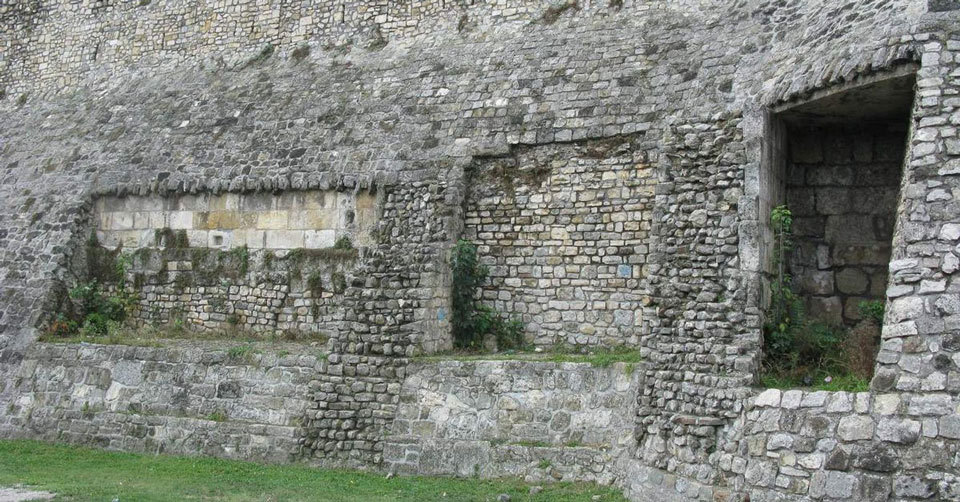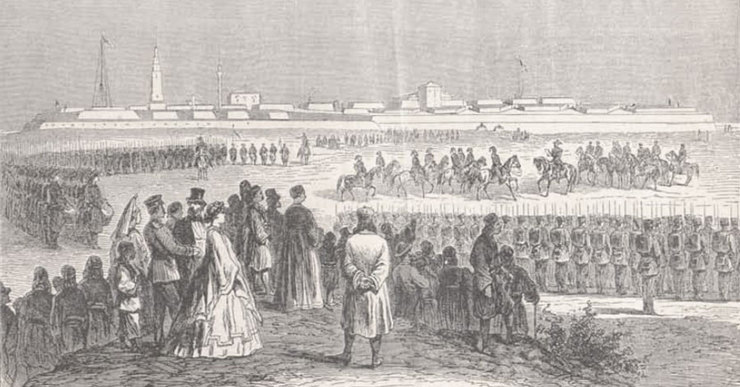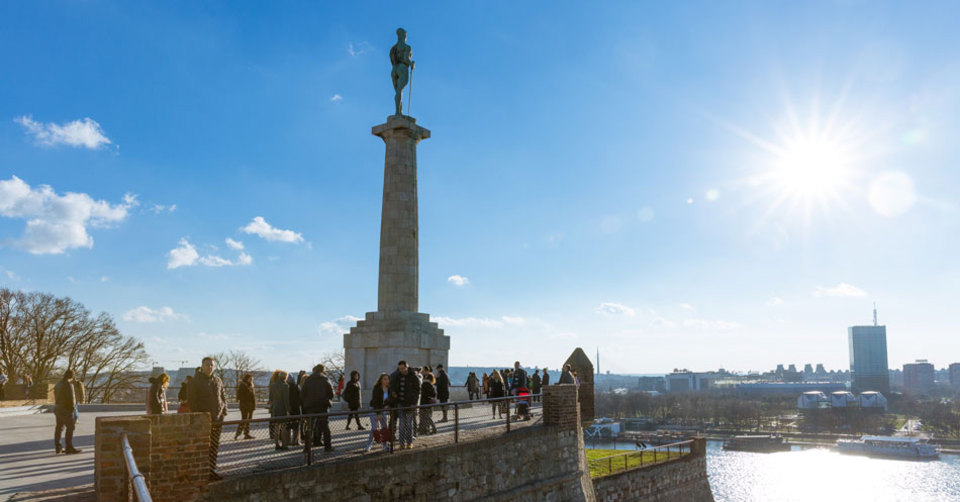
Belgrade is one of the oldest cities in Europe. As such, it has a rich history whose pages were written by different peoples from pre-history to modern days.
Located at the crossroads of the East and the West, Belgrade had always been the place where spears were broken against each other between civilizations and many fates were sealed.
| Pre-historic Belgrade
In the territory of Belgrade there were human remains discovered that date from the paleolithic age. There is proof that this area was densely populated during the neolith as well, thanks to numerous archeological findings throughout and around the city. Belgrade’s pre-historical population predominantly nurtured agriculture. As a fortified settlement, Belgrade is first mentioned in year 279 B.C. The city’s beginnings are tied to the Celtic tribes Scordisci who named the city Singidunum. |
|
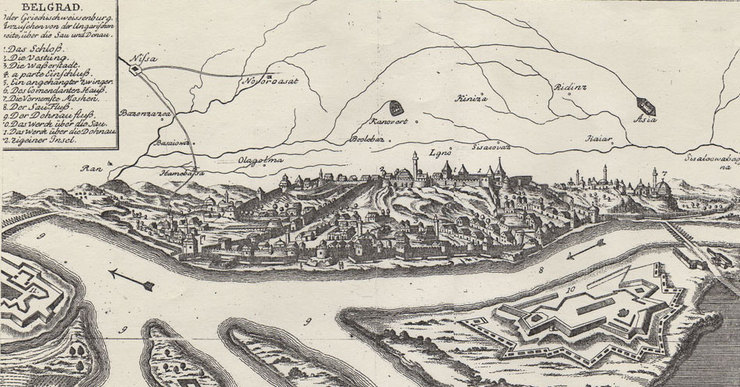 |
Roman Belgrade
With the start of a new era, Romans began to rule Singidunum. Throughout the four centuries of Roman rule, Singidunum developed into a significant military fortification and a large settlement. After the division of the Roman empire in 395, Singidunum became a Byzantine border city which largely influenced its fate from then on. |
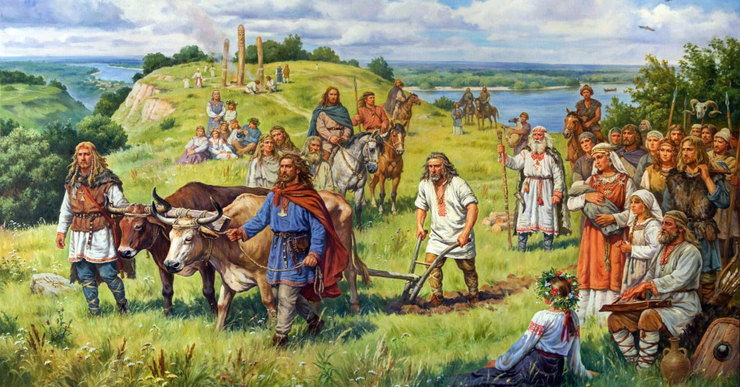 |
Belgrade during the Great Migration
Breaching into the Balkans was the goal of many conquerors, whose path usually led through Belgrade, so the city saw many new masters throughout its history. Belgrade suffered the first destructions already during the Great Migration of people, when the city was conquered one after the other by Huns, Ostrogoths, Gepids, Herules, Avars and Slavs. The arrival of Slavs to Balkans is considered one of the most important events in the history of this part of the world. With their arrival the era of Singidunum ended and the era of Belgrade began. |
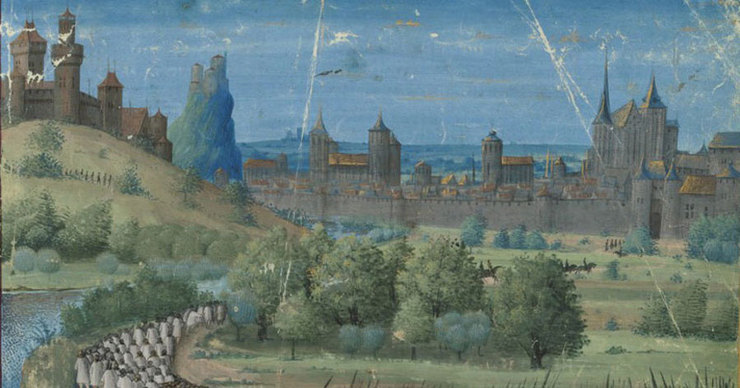 |
Slavic name for the city
Under its name today, Belgrade is mentioned for the first time in 878, during the two-century long Bulgarian reign of the city. After the break of the Bulgarian state during the 11th and 12th century, Hungary and Byzantium broke spears over who gets to keep Belgrade. The city was destroyed to the ground and ravaged during those conflicts. In addition, during those years Belgrade played unwilling “host” to Crusaders several times. |
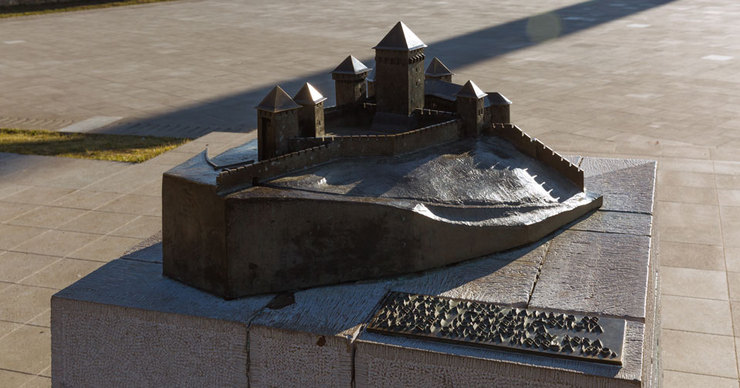 |
Serbian medieval Belgrade
One of the turning points in Belgrade’s history happened in 1284, when Belgrade came under Serbian control for the first time. King Dragutin received as dowry the region of Macva with Belgrade to rule over. During his 30 years of reign, Belgrade got its first marks of a Serbian city. At the start of the 14th century, Belgrade was once again burned down and returned to Hungaria. Almost a full century had to pass in order for Serbia to get the city back. Based on an agreement signed with the king of Hungaria in 1403, Despit Stefan became the ruler of Belgrade and the city for the first time bore the title of the Serbian capital. During despot Stefan’s reign, Belgrade prospered immensely, having started from the ashes. However, just as soon as the despot died, Belgrade went back under Hungarian rule and stayed that way throughout repeated Turkish sieges throughout the middle ages. |
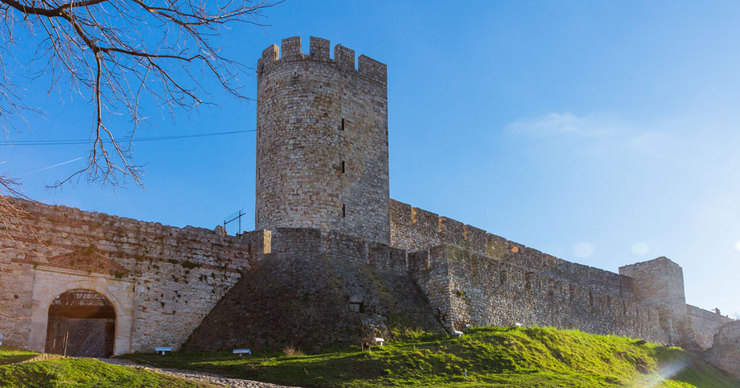 |
Under Turkish rule The Turks did manage to conquer Belgrade eventually, in 1521. Under their reign, Belgrade was named “Dar ul Jihad” (the house of holy war). After a century and a half of peace, during which Belgrade became a glorious Eastern-style city, it was time for war again. Between the end of 16th and the start of the 19th century, Belgrade fell prey to wars between Austria and Turkey. Austrians conquered it three times and the Turks managed to re-take it every single time. Torn down and rebuilt several times, Belgrade changed styles and appearances several times. During these wars, the great migration of Serbs also took place. |
| Battles for independence
Belgrade waited three and a half centuries to return under Serbian control. The 19th century was marked by Serbian uprisings against the Turks and a struggle for independence. Under Karadjordje’s leadership, Belgrade was liberated in 1806 and returned to being the Serbian capital. Though the Turks snuffed out the First Serbian uprising and restored Belgrade, the spite that the Serbian people felt towards them was too great for the struggles to end. The Second Serbian uprising and the wise rule of knez Milos Obrenovic took Serbia in slow but steady steps towards its goal – independence. In 1830 in Belgrade the sultan’s hattisheriff declaring Serbia’s autonomy from the Ottoman Empire was read. Eleven years later, Belgrade became the capital city of the Kingdom of Serbia. However, knez Mihailo had to wait to officially receive the keys to the city until 1867. After the end of Serbian-Turkish wars in 1878, Serbia gained its long awaited independence and became the capital of the Kingdom of Serbia. |
|
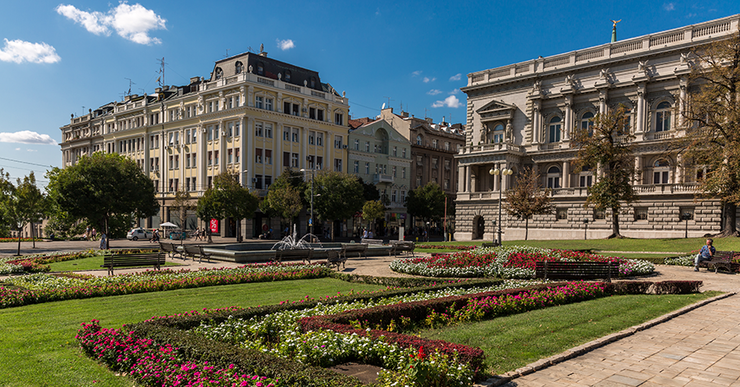 |
Modern Belgrade, bombed four times
Over the course of the 20th century, Belgrade was bombed a total of four times. First time by Austrians in WWI. After the war ended, Belgrade became the capital of the Kingdom Yugoslavia and rapidly grew until new horrors struck in WWII. During this war, Belgrade was bombed fiercely two times. First by Hitler’s occupation forces, then by the Allies’ liberation forces. During WWII around 50,000 Belgraders lost their lives and the city suffered immeasurable damages. The Red Army and the people’s liberation army eventually freed the city on 20th October 1944. As capitol of Yugoslavia, Belgrade became a significant European city. The death of Jospi Broz Tito in 1980 was the beginning of the end for Yugoslavia, which finally came around in the 90’s. By the end of the century, in 1999, Belgrade was bombed once more. This time by the NATO pact. Military and civilian targets were struck by the bombing both in Belgrade and the country. After Slobodan Milosevice’s regime ended in the fifth-October revolution in 2000, Belgraders hoped for a more fortunate 21st century. |




 5 ℃
5 ℃

